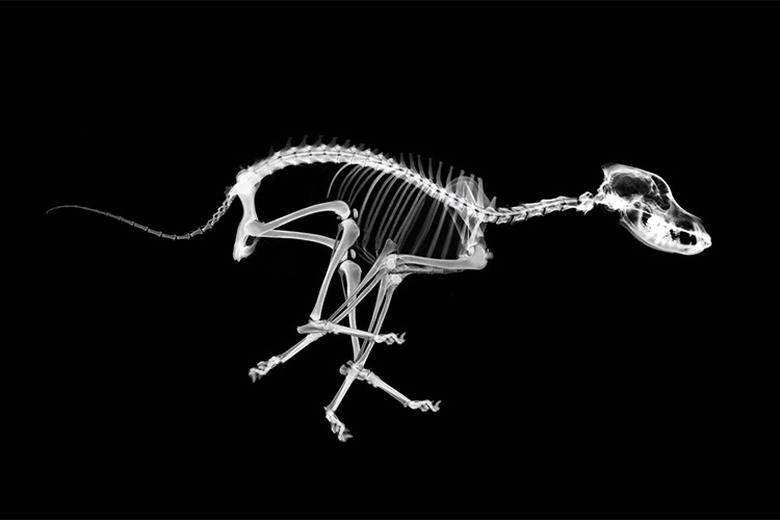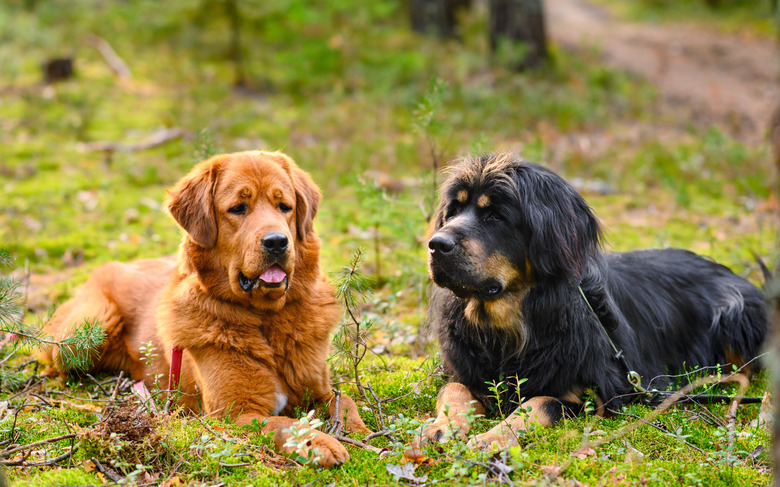How Many Bones Do Dogs Have? Here's How Many Bones Are In A Dog
Dogs have between 319 and 321 bones in their body depending on the length of their tail; dogs with longer tails typically have two extra bones. The total number of bones in dogs is the same for all dogs regardless of their size, from toy poodles to great Danes. It may seem surprising that dogs have more bones than humans, who have 206 bones, but a dog's bones enable them to move and be active in ways that humans do not typically move.
Total number of bones in dogs
Total number of bones in dogs
When you think about how dogs move, it makes sense that they have more bones than humans. Dogs have four legs and four paws, and each of them contain bones that support their weight and protect their organs, plus bones that support muscles in running, jumping, stopping quickly, and running in another direction. Dogs' shoulder bones are not connected with a collar bone the way humans' shoulder bones are, so they are freer to move and jump as dogs do and to take longer strides.
Along with having the same number of bones, dogs' anatomy has many similarities regardless of breed or size. All dogs have compact feet, for example, and walk on their toes. They also share forelegs that are quite flexible and only attach to the body with one muscle. In contrast, dogs' hind legs are more rigid and contain a knee (called a stifle) that joins the femur, tibia, and patella bones.
A dog's skeleton is considered to be divided into three sections: axial, appendage, and visceral. The axial section includes the spine, neck, head, sternum, and ribs. Legs and feet make up the appendage section, while the visceral section includes small bones, like those of the inner ear. In spite of the similarities, though, dog breeds have more differences in their anatomy than any other animal.
Taking good care of your dog's bones
Taking good care of your dog's bones
Your dog's bones need to last a lifetime, and the healthier the bones, the better quality of life dogs have even in their senior years. Bones need certain vitamins to grow and maintain good health, so be mindful of the food you feed them from the puppy stage onward by giving them food that is designed for each stage of life. Exercise also helps bones stay strong, so be sure your dog goes for walks and gets active play sessions daily.
People think of calcium for building bones, but dogs also need vitamin D to help their body absorb the calcium and vitamin C for forming the collagen that growing bones need to function well. Vitamin C boosts their immune system so they can fight off germs that come their way. Protein, magnesium, and vitamin K are also important to growing strong bones.
It's much better, however, to make sure dogs get their vitamins and protein through their food, and avoid giving supplements unless your veterinarian recommends them. Although supplements do work well, they can have undesirable side effects if a dog is given too much of them. Before recommending calcium supplements, your vet will order blood tests to determine your dog's blood calcium level. Too much calcium, for example, can actually cause bone abnormalities and other unwanted effects.
Watch out for bone problems
Watch out for bone problems
Dogs can develop problems with their bones, including fractures, deformities, tumors, and arthritis, especially as they age. If dogs don't want to do activities they used to do, cry out when touched, are visibly limping, or seem tired all the time, these can be signs of arthritis or other illnesses or diseases that could involve their bones. Your vet may prescribe medication to ease the pain or suggest natural remedies or other therapies if fractures or diseases are determined to be the problem.


